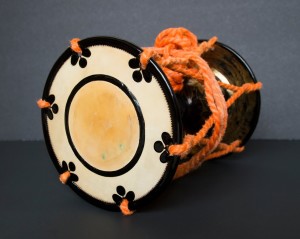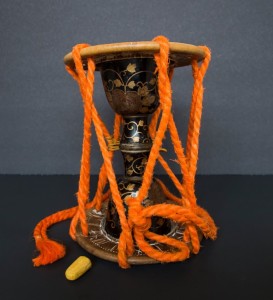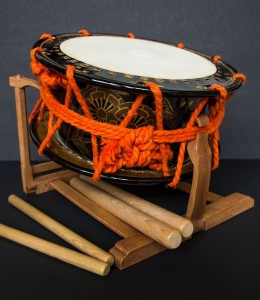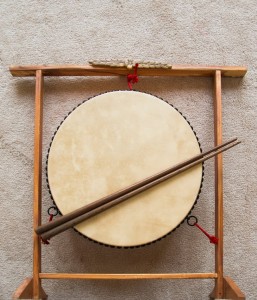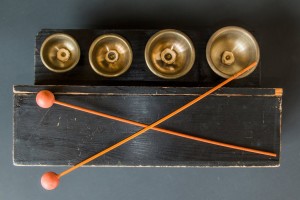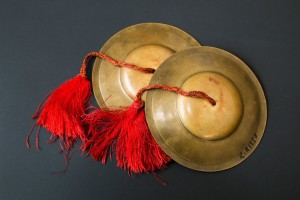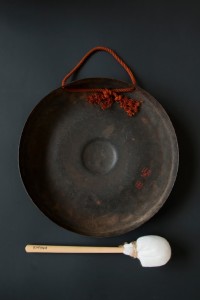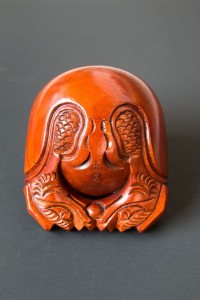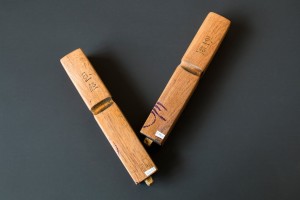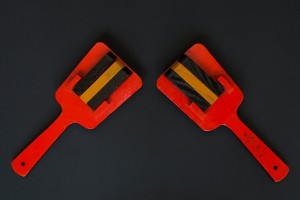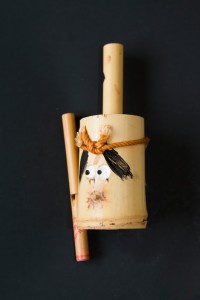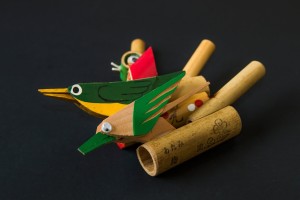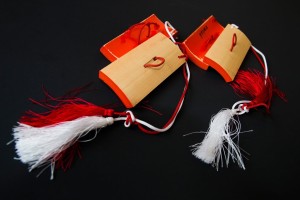Instruments used for Narimono
Example of Debayashi Instruments
– Instruments that are used on stage along with shamisen and voice –
Example of Kagebayashi Instruments
– Instruments that are used at the side of the stage for different signs and sound effects –
about Narimono
Narimono, or Hayashi is more than just Japanese percussion. There are dozens of different applications for narimono, many of which produce sound effects and musical cues. Certain sounds of narimono are so distinctive, that they can be used in place of words, as a form of communication.
Hayashi is used to accompany Nagauta music on stage along with shamisen and voice. The kotsuzumi, okawa, taiko and flute are used on the stage. We also play other drums, percussion, and sound effects instruments behind the scenes. Narimono forms the heart and soul of Kabuki music. Instrumental combinations are performed in complex patterns to support the flow of Kabuki theatre.

